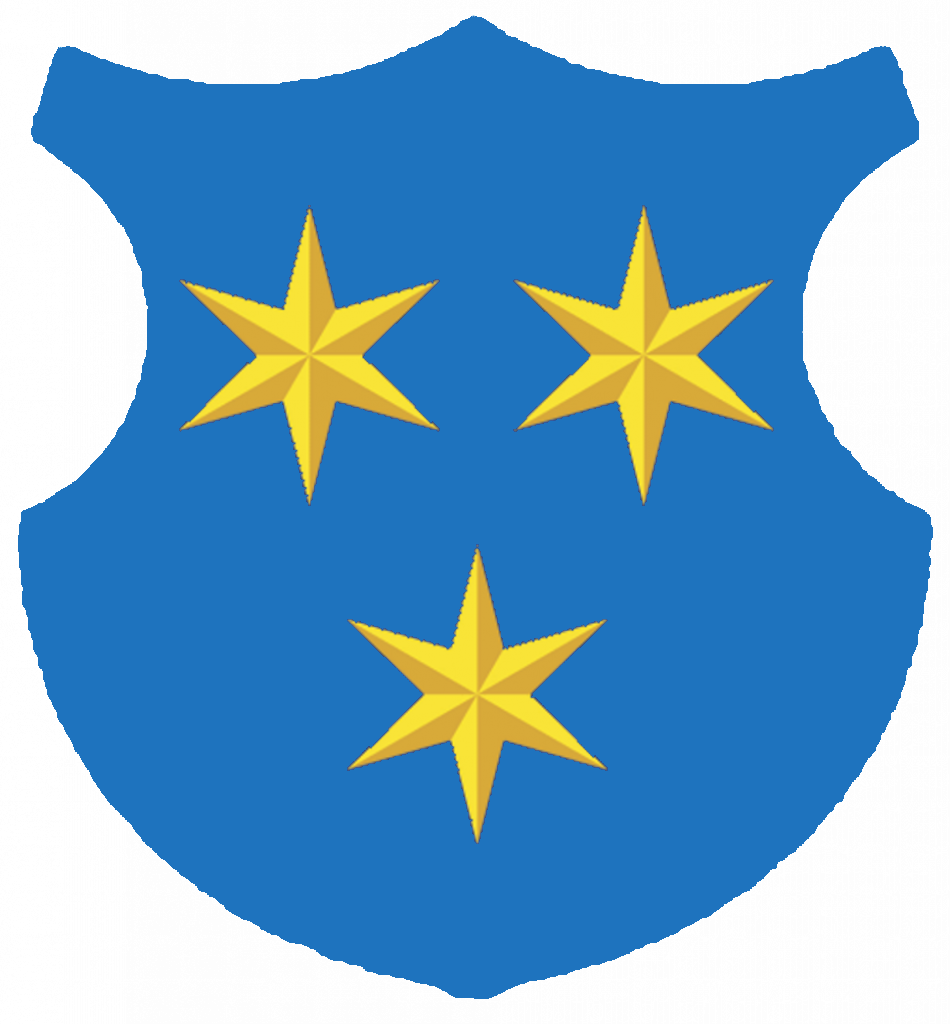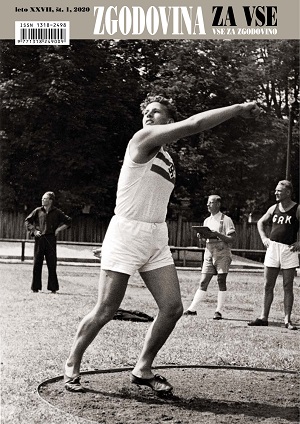History for Everyone 1/2020
Robert DEVETAK
“DAUGHTER OF STARVATION AND MOTHER OF INSANITY”
Fighting the disease of Pellagra in the County of Gorizia and Gradisca of Austria-Hungary
At the turn of the 19th and 20th centuries, the Gorizia and Gradisca regions experienced an outbreak of pellagra. The disease, which spread from Italy, mostly affected the poor rural population of the Friuli plains and was conditioned by a lack of dietary diversity, given that the agriculture of the Gorizia and Gradisca regions primarily focused on the production of maize. In turn, corn became the staple and almost exclusive diet of the poor. A combination of the unvaried diet, adverse health conditions and poor hygiene led to a B3 vitamin deficiency, facilitating the spread of the disease. The ensuing epidemic in the region affected thousands of mostly poor people in the 1880s. The article describes the spread of the disease in the Gorizia and Gradisca regions and the measures taken by the authorities to mitigate its effects and help the population affected.
Jiři HUTEČKA
“THERE IS NOTHING NEW OUT HERE!”
Communication Strategies and Gender Dynamics in the First World War Family Correspondence
The article is a case study based on two collections of letters between couples in Moravia during the Great War. Using these collections, which include either both or – rather uniquely – only the woman’s side of the correspondence, the author tries to follow the basic strategies employed by the respective parties to the wartime dialogue between the frontline and the home front, ranging from discursive silence to standardized “calming phrases” and strategies, all the way to the moments when these strategies crumble under the weight of events. In parallel, the text also focuses on the way these strategies reflected the changing gender structures and relations in wartime society, particularly the sense of empowered femininity and weakened masculinity.
Nina HVALEC
“YOU DAMN CROATIAN WOMAN, YOU BEHAVE AS IF YOU WERE FROM A GIPSY FAMILY”
Divorces in the 1920s in light of the court files of the Celje District Court
Based on the court files of the Celje District Court, the article examines divorces from the 1920s. In this period, applicable legislation was based on the obsolete Austrian General Civil Code, according to which members of noncatholic religions were permitted to divorce and remarry, while Catholic couples only had the permission to legally separate. Divorces were procedural and mutually agreed. The spouses were permitted to make a settlement before court, unconditionally forgiving each other all wrongdoings. In the given period, more women than men filed for divorce. Divorces were most frequent among the rural population, typically because of ill-treatment by the spouse. One factor contributing to the higher number of divorces was the effect of World War I. The article aims to shed light on the causes of divorce by studying several actual cases.
Aleš MARĐETKO
SPORTS EVENTS IN OCCUPIED CELJE (1941—1945)
The article describes sports events in Celje during the occupation from 1941 to 1945. Archival sources about sport during the occupation are fragmentary and kept by several archives across Slovenia. To get a clearer picture of the situation in sports in occupied Celje, the article relies on secondary sources, mainly newspapers. The contemporary newspapers Marburger Zeitung and Štajerski gospodar regularly covered sports events in Lower Styria. Priority was given to football, major sports events of senior teams and the German Youth competitions. The article presents contemporary sports associations and disciplines in occupied Celje and the results for local teams and individual athletes. Also presented are major sporting events of the teams from Lower and Austrian Styria that took place in Celje and the German Youth sports events that were hosted by Celje.
Božidar JEZERNIK
GOLI OTOK AS THE CRADLE OF SOCIALIST SELF-MANAGEMENT
The takeover of power in Yugoslavia was carried out by the Communist Party in full accordance with the textbooks of the Bolshevik Party schools for establishing proletarian dictatorship. In this spirit, a state was formed after the Second World War whose declared aim was to change the regime and introduce a new social order. The number one priority of the socialist revolutionary leaders was to eliminate the occupying forces and their domestic collaborators. To consolidate power, the revolutionaries removed not only those who actively assisted the occupying forces but also those who were not in favor of the regime and did not actively fight on the side of the partisans. However, the firmer the Communist Party’s grip on power, the stronger was its internal opposition. A real danger appeared after the split between Moscow and Belgrade in 1948, which is why the regime dealt with them mercilessly. A new series of mass arrests, convictions and deportations followed. Initially, Tito’s regime responded to criticism from Moscow by radicalizing the Stalinist line and eliminating the last vestiges of “capitalism” in Yugoslavia. Eventually, however, Yugoslav ideologists developed a new type of socialism that came to be known as Titoism. The showcase item, born out of creative opposition to Stalin and the Soviet system and fit for new ideologization, was worker self-management. Paradoxically, the regime tested in practice the functioning of this new system on the island of Goli Otok and other “labor sites” scattered around the state to which the “Stalinists” were deported in order to be re-educated.

